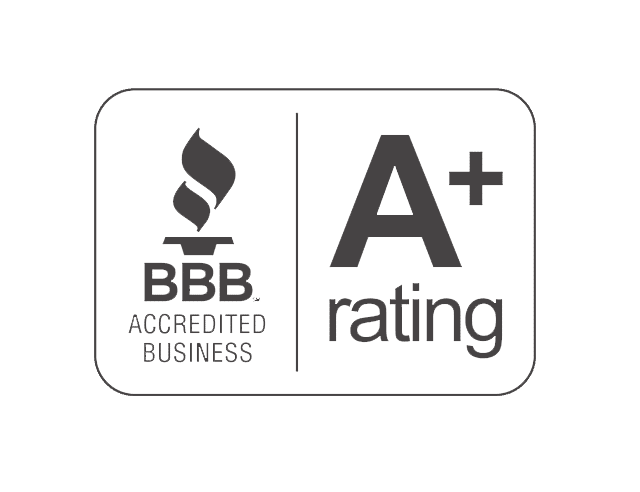Your Path to Financial Freedom with the IRS Fresh Start Program
The IRS Fresh Start Program refers to a set of expanded tax relief policies. It provides a more accessible path to key resolutions like the Offer in Compromise, Installment Agreements, and tax lien withdrawals. This program was designed to help struggling taxpayers get back in good standing with the IRS.
What Does Fresh Start Mean for You?
The program makes it easier for taxpayers to qualify for:
Streamlined Installment Agreements: The qualification threshold for these payment plans has been raised, making them available to more people.
Offer in Compromise (OIC): The IRS has simplified the calculation of a taxpayer’s ability to pay, making OIC easier to obtain for some.
Tax Lien Withdrawals: You may be able to have a tax lien withdrawn if you set up a direct debit Installment Agreement and meet other specific criteria.

How We Help You Navigate the Program
Our tax professionals stay current on all IRS programs and policies. We will:
Analyze your situation to see which Fresh Start provisions apply to you.
Prepare and submit all required documentation to take advantage of the program’s benefits.
Negotiate with the IRS to get your lien withdrawn or your payment plan approved.

